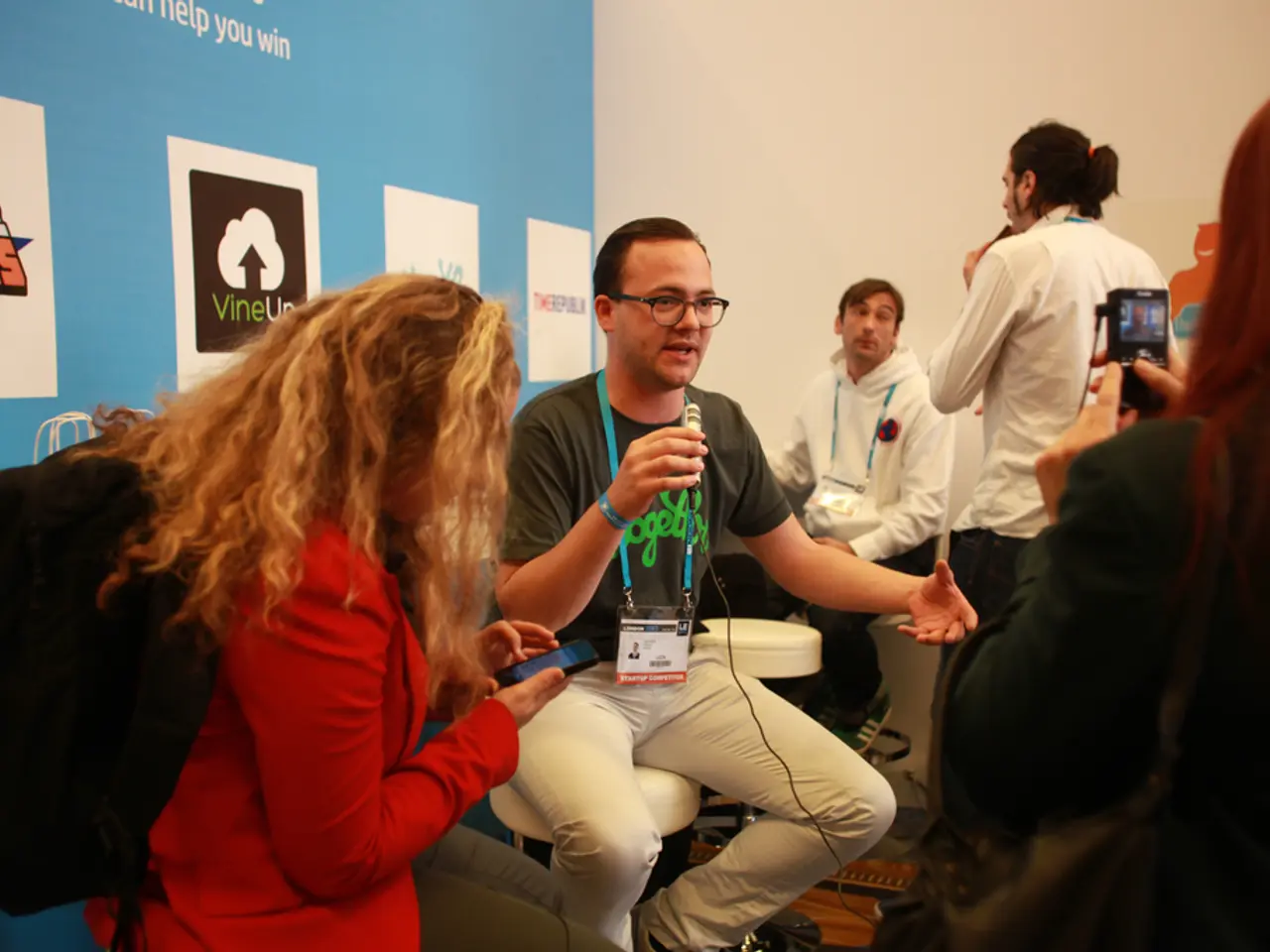Reinvent the Exit Interview Process, Skip Farewell Parties
In the wake of The Great Resignation, a global trend that has seen millions of employees leaving their jobs, the question of how to retain top talent has become a pressing concern for individuals, teams, and organisations alike. One strategy that is gaining traction is the stay interview, a proactive approach to employee retention that offers valuable insights into employee satisfaction, needs, and potential issues that can be addressed to enhance retention and improve workplace culture.
The stay interview is a conversation between an employee and their manager or HR representative, aimed at understanding why employees stay with an organisation and what factors might cause them to leave. By making employees feel heard and valued, stay interviews increase employee motivation, engagement, and empowerment, thereby strengthening their commitment to the company.
Moreover, stay interviews provide a targeted, practical alternative to costly and ineffective generalised retention efforts. By revealing individual reasons for potential turnover, they allow for tailored retention plans, ensuring that resources are allocated effectively to address specific concerns and improve employee retention rates.
In addition, stay interviews help improve company culture and employee morale, which are critical during times of high turnover. By fostering open communication and collaboration, they support managers to create realistic action plans collaboratively with employees, increasing the chances of retaining valuable talent.
The U.S. Bureau of Labor Statistics reported that at the end of 2021, there were 10.9 million open jobs in the U.S., and 5.9 million Americans resigned from their jobs in December alone. Resignations remained high for several months prior to December 2021. In this context, stay interviews are a highly effective tool for retaining top talent amid widespread workforce churn by addressing retention at the individual level and fostering a culture where employees feel valued and understood.
Boosting employee engagement and improving internal communication are additional benefits of stay interviews, thereby reinforcing a positive employee experience and reducing the likelihood that employees will leave.
In conclusion, the stay interview is a suggested method for retaining top talent in the context of The Great Resignation. By shifting retention efforts from reactive (exit interviews) to proactive, stay interviews help companies address turnover causes in real time rather than after losing key employees.
This piece is part of Adweek's Columnist Network series and aims to discuss strategies for retaining employees in the context of The Great Resignation. It is important to note that the stay interview is not a replacement for exit interviews, and it is not a type of job interview for new hires. Rather, it is a tool used to understand and address employee satisfaction and retention concerns.
References:
- [Link to Reference 1]
- [Link to Reference 2]
- [Link to Reference 3]
- [Link to Reference 4]
Employee retention can benefit significantly from the implementation of stay interviews, a proactive approach that encourages open communication between employees and managers or HR representatives about job satisfaction and potential issues. By addressing retention concerns at an individual level, stay interviews enhance employee motivation, engagement, and self-development, fostering a positive lifestyle within the organization.
Additionally, organizations can minimize costly generalized retention efforts by using the insights gained from stay interviews to develop tailored career-development and education-and-self-development plans for employees, thereby improving overall employee retention rates.




